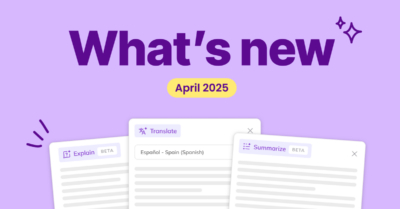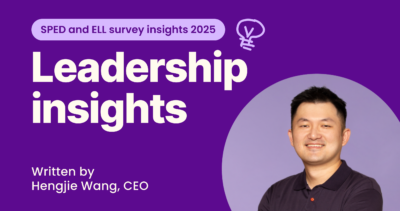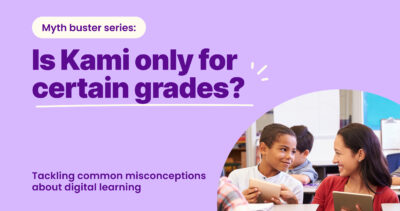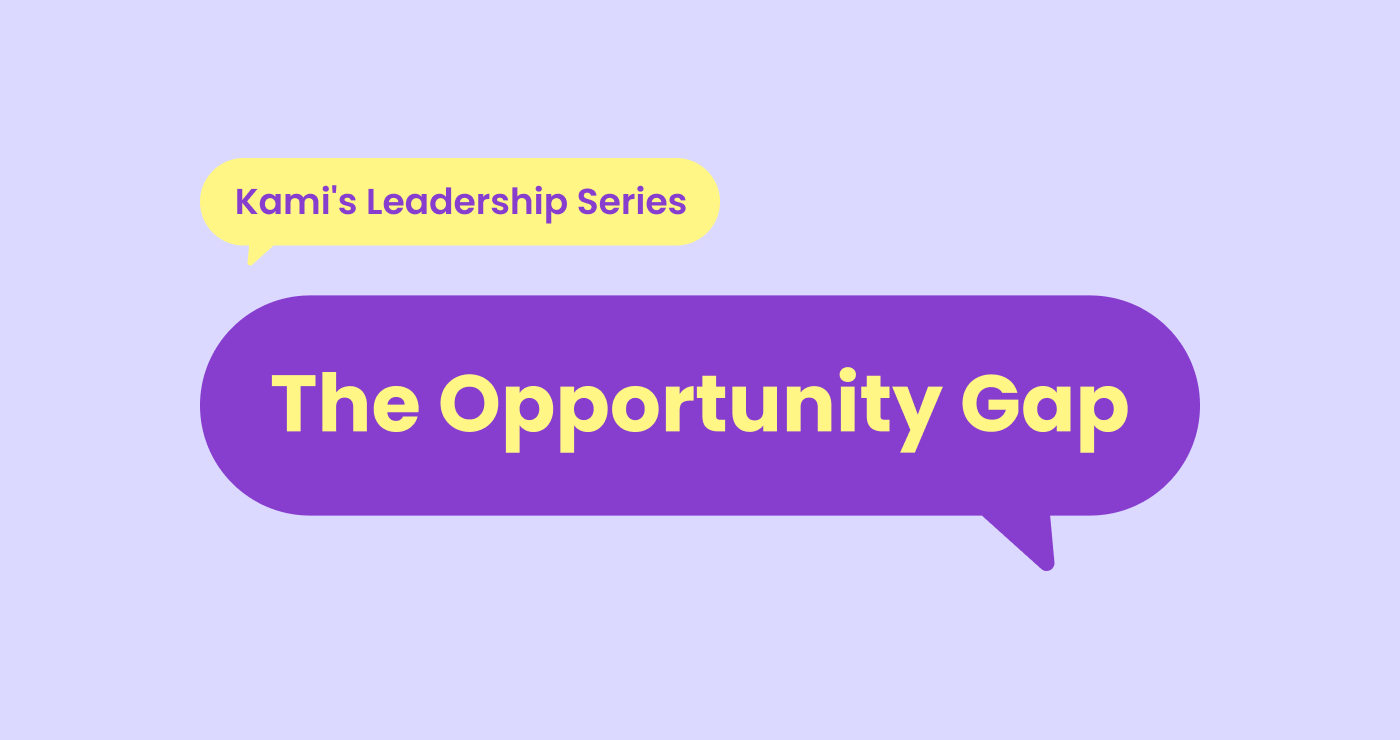Shirin Bradfield
Key takeaways
- Maintain high expectations and employ qualified and experienced educators.
- Embrace research-backed professional development and ensure principals attend to offer the best support for their teachers.
- Remain committed to creating a fair and inclusive educational landscape for all students, no matter their background.
We’re back with the third installment of our blog series focusing on leadership and decision-making in schools. We invited Dwight Jones, one of the country’s leading educational experts and the former superintendent of a major district, to participate in our discussion on the opportunity gap in education.
Dwight Jones | The president of Education Practice and Policy Partners. He has previously served as the Denver Public Schools Superintendent, Education Commissioner of the State of Colorado, and Clark County School District Superintendent in Las Vegas, Nevada.
What is the opportunity gap?
Dwight Jones defines the opportunity gap as “inequities in the system, structures, and practices within education that can prevent children from reaching their potential.”1 He explained, “I have thought a lot about the opportunity gap — it’s been a core consideration in every aspect of my career.”
Jones stated that the opportunity gap is between “certain groups of youngsters and their counterparts that might be Caucasian or wealthy.” This observation illuminates the two areas where a child may be subjected to inequalities — attending under-resourced schools and living in underserved communities that impact educational opportunities. Jones states this gap can manifest in various ways, from “access to AP and Honors courses, rigorous Tier I instruction, high-level classes, or even activities like athletics.”
Section summary
- The opportunity gap results from inequities within education systems that hinder children from reaching their potential.
- Systemic racism and socioeconomic factors contribute to the opportunity gap.
- The opportunity gap can manifest in multiple ways, including disparities in access to high-quality academic and extracurricular instruction.
Opportunity gap vs. learning gap
An opportunity gap refers to inequality in educational opportunities. In contrast, a learning gap is the difference between the expectation and the reality of attainment based on a student’s age or stage. Jones highlighted that while all students have “the capacity to learn,” teachers have “different expectations for students,” which can affect their instruction level without reason.
According to Jones, whether teachers should instruct students “at their current level or grade level” is a question that continues to divide educators. Is it better to teach to the target level and hope a mix of proximal development2 and well-selected supporting material will bridge the gap, or is it better to start where the students are and slowly but surely close the gap?
Section summary
- The opportunity gap is the inequality of educational opportunities, and the learning gap is the difference between expected and actual
student achievement. - Base your instructional approach on research-backed methods with an individualized focus, never expectations based on race or
socioeconomic background. - Consider the pedagogical debate about teaching students at their current or grade level and each approach’s potential pros and cons.
The factors contributing to gaps
Jones asserts that racial and socioeconomic disparities are the most common contributing factors to opportunity and learning gaps. He mentioned the persistence of these gaps, even with extensive research and efforts, and how they sometimes continue to widen.
When he was a superintendent at Fountain-Fort Carson, the governor tasked Jones with determining why “Caucasian students were achieving at a higher level than their Black and Latinx counterparts.” The fact that this was a commissioned position makes it explicit that race contributes to academic disparity. Jones also pointed out that “students from lower-income families had a considerable learning gap between those from medium to higher level income families.”
Better instruction has raised the academic performance of all students, including Black, Latinx, and lower-income students, which, although in some way positive, unfortunately, “the gap still exists and in some cases it’s widening.” He summarized this situation with a fitting metaphor, “Even though the rising tide is raising all boats, it’s raising some boats higher. It’s a challenge we’re trying to figure out.”
Section summary
- Racial and socioeconomic disparities contribute to opportunity and learning gaps.
- While improved instruction has positively impacted the academic performance of all students, including those from marginalized backgrounds, the gap continues to exist and, in some cases, is growing.
The best strategies to address gaps
Jones believes “there are many strategies that work.” He stated, “There’s never a substitute for high-quality instruction by well-trained and qualified teachers.” Beyond the teachers themselves, Jones acknowledged the need for a “strong, research-based curriculum” that will “get results.”
Jones continued to assert the importance of “strong professional development.” He acknowledged that “sometimes people think professional development might be a waste of time and resource, but if teachers and staff aren’t trained well on the diverse needs of diverse learners, student attainment will suffer.” He talked about the importance of “making sure that not only are we doing PD, but it’s the right PD. And we’re doing it with strong and research-backed folks to train them on the things that positively impact them.”
The need to make sure teachers are “approaching students and teaching them in a way that they learn best” is vital to Jones. This individualized approach to education “takes a lot of differentiation within a classroom,” which he accepts is challenging when teachers “have a classroom with 25 or 30 students.” Nonetheless, he has observed that “folks are finding various ways” to differentiate successfully.
Technology is the final strategy Jones points out as successfully addressing gaps between students. He sees that students “get some pretty good support and research opportunities when using technology,” and companies “provide a lot of tools and resources that are really helpful.” He points out that if teachers are supported and well-trained, technology can be “very effective.” It comes down to “whether we’re putting in the time and energy it takes to ensure it works.”
Section summary
- A strong focus on high-quality instruction by well-trained teachers and the use of research-based curricula achieve positive results.
- Professional development delivered by research-backed experts and tailored to educating teachers and leaders about the diverse needs of their students is essential for improving student achievement.
- Individualized instruction and supportive technology are valuable tools for educators to address learning gaps when paired with proper support and training.
The role of leadership in addressing gaps
In a time when ” there are so many distractions” and “educators are being asked to do so much more than educating kids,” Jones insists that leaders’ “main focus” must be on teaching and learning. Leaders must “put their ladder on the right wall. Any wall won’t do. The right wall is the one that improves literacy, fosters strong instruction, and guarantees our teachers are supported.”
Jones encourages leaders “to be right there with their butt in the seat next to the teachers” during professional development. Their presence allows them to offer “support to their teachers and have the most positive impact.”
The last area Jones touched on was “making sure folks maintain high expectations.” Keeping the bar high can help guarantee “all kids get access to the best curriculum and resources” and that leaders “continue to grow their staff so every kid gets access to highly trained, well-qualified teachers.”
Section summary
- Prioritize teaching and learning and direct your efforts toward improving literacy, fostering quality instruction, and supporting teachers.
- Encourage leaders to actively participate in professional development alongside teachers to offer support and positively impact their development.
- Maintain high expectations for students and staff to ensure all children have access to quality curriculum, resources, and highly trained teachers.
Dwight Jones’s perspective on the opportunity gap sheds light on systemic racism and educational socioeconomic disparities. As he defines it, the opportunity gap underscores the need for a more equitable and inclusive educational system.
As schools navigate the challenges of narrowing the opportunity gap, leaders must remain committed to creating a fair and inclusive educational landscape where every child can reach their full potential, regardless of their background.
References
¹Milner, H. Richard. “Beyond a Test Score: Explaining Opportunity Gaps in Educational Practice.” Journal of Black Studies, vol. 43, no. 6, 2012, pp. 693–718. JSTOR, https://www.jstor.org/stable/23414665?typeAccessWorkflow=login
²Mark K. Warford. “The Zone of Proximal Teacher Development.” Teaching and Teacher Education, vol. 27, no. 2, pp. 252–258,
https://www.sciencedirect.com/science/article/pii/S0742051X10001447
You may also like

Unlocking understanding: Kami’s latest updates designed for every learner

The state of SPED and ELL technology in 2025

